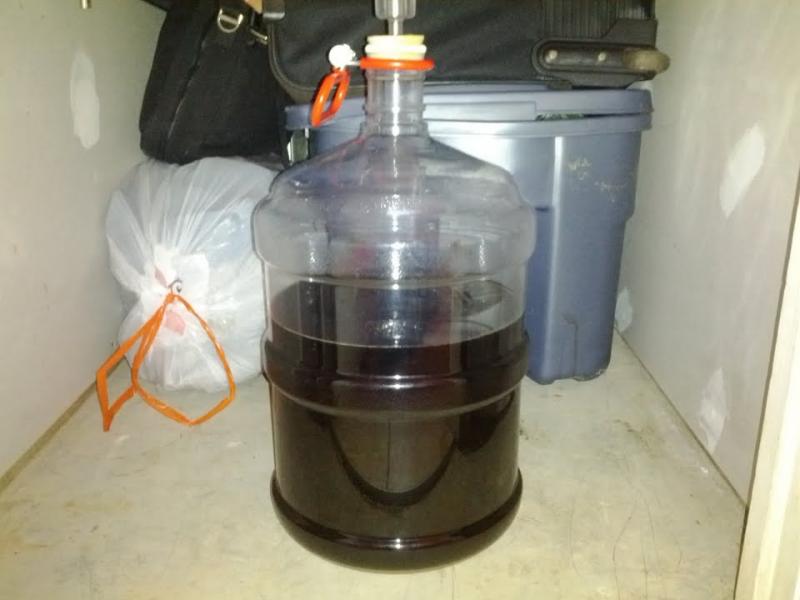phi481
Member
Hello all. I am new to the forum and have a question about fermentation. I recently took another stab at barley wine, my white whale. First time it clogged the airlock and repainted my closet a lovely shade of deep amber. This time I came prepared with a blow-off setup. It entered primary at 5 gallons. It came out at around 3.5 gallons. There was no overflow, no gunk in my blow-off assembly, no mess, nothing. I have no idea what happened to almost 3 gallons of wort. I left it in primary for 2 weeks due to the high gravity, but I don't see how that could have caused the loss. If anybody knows what happened please tell me. Is my barley wine ruined again?





